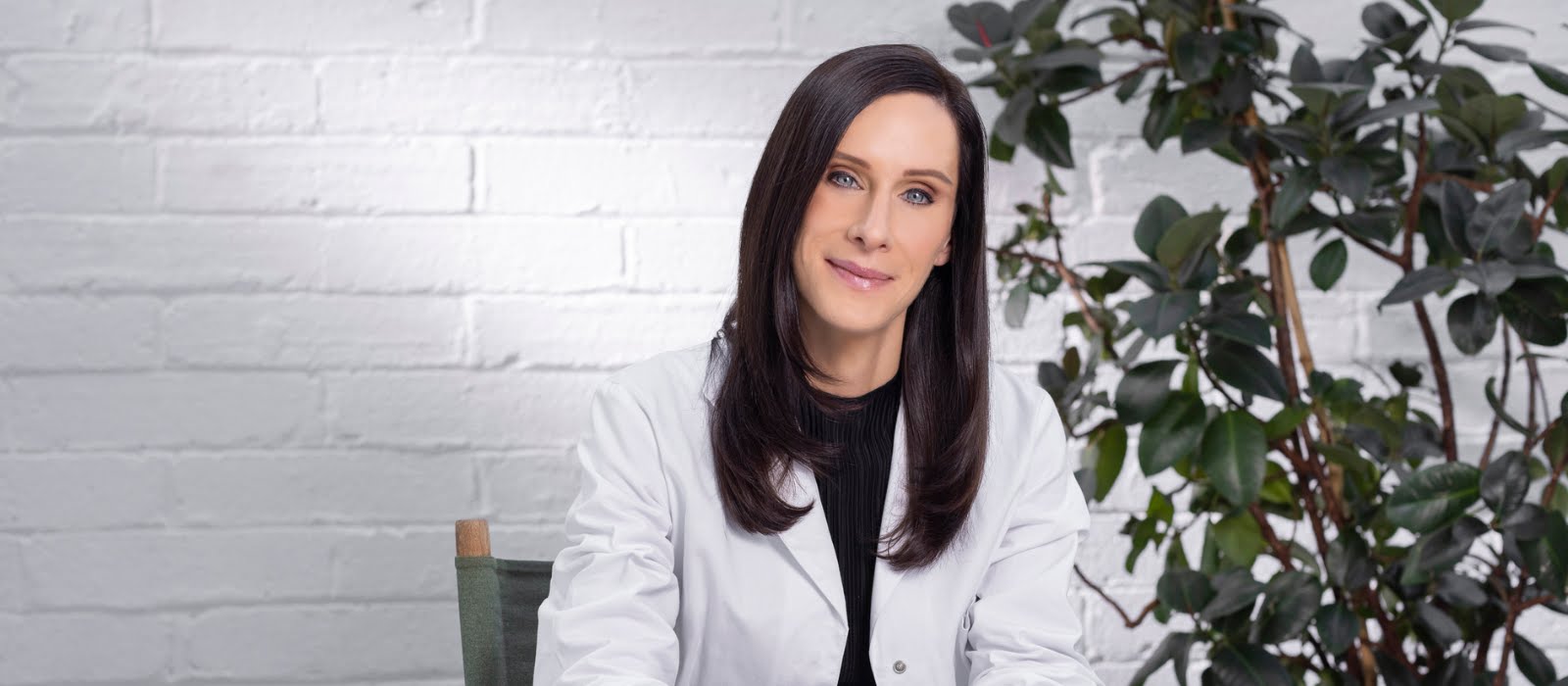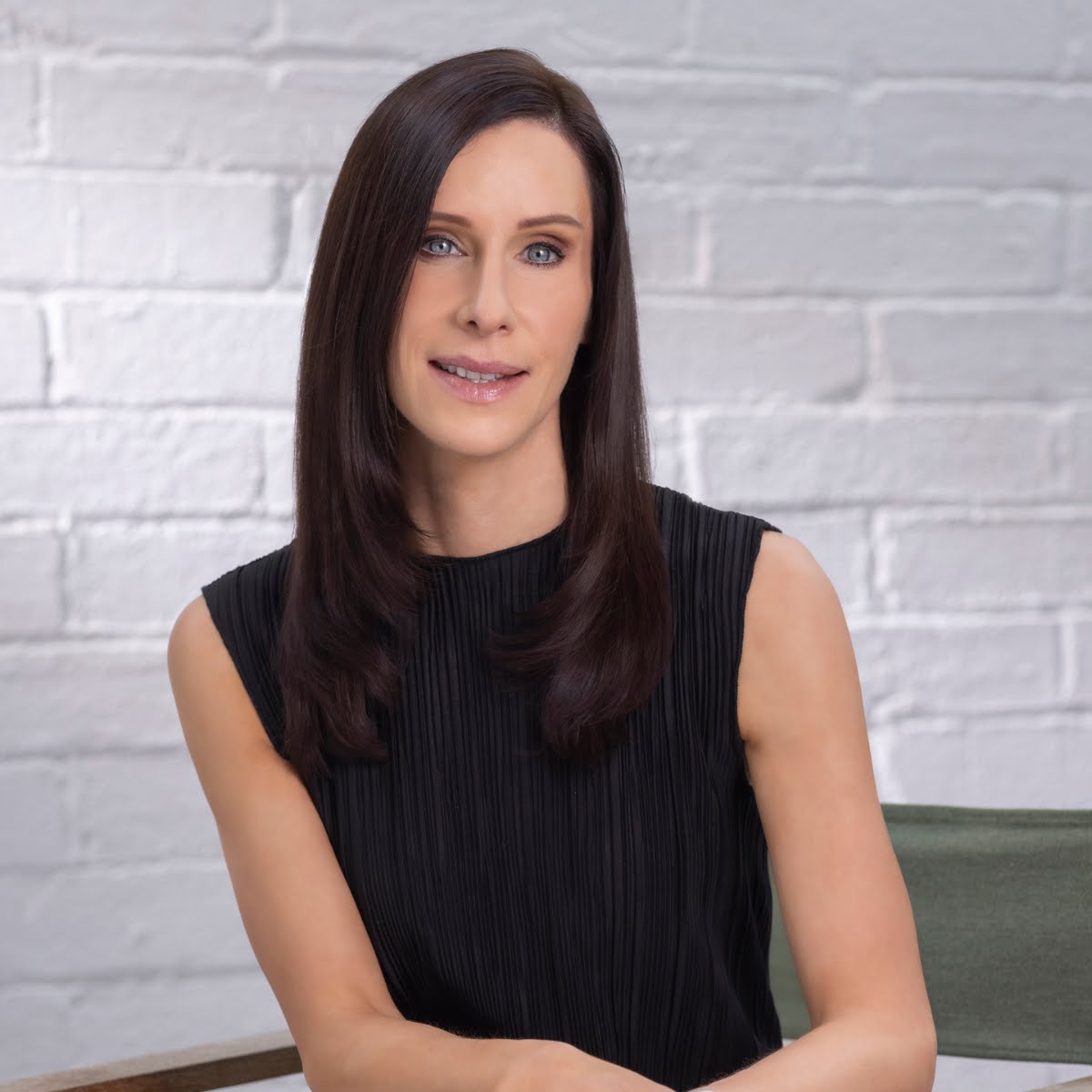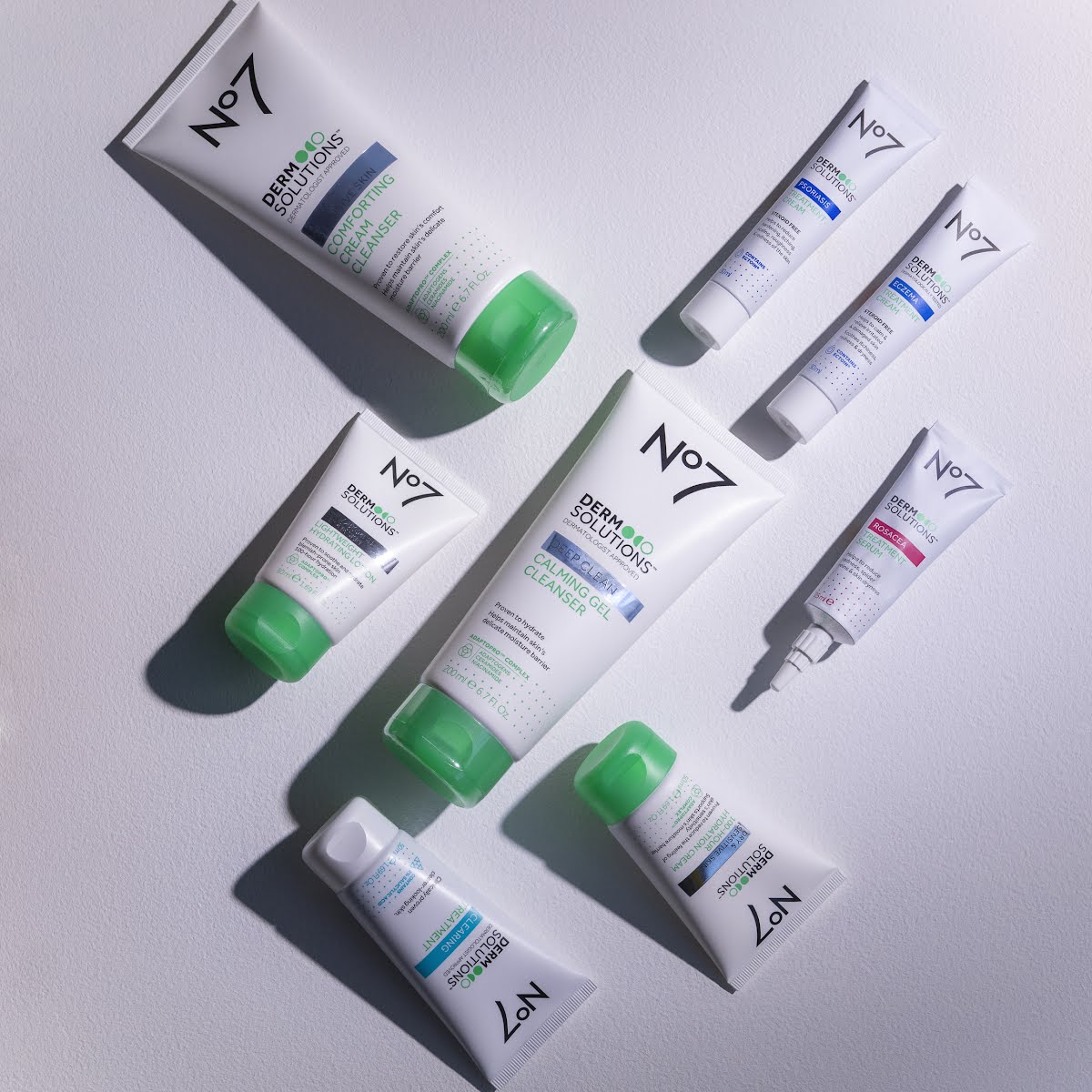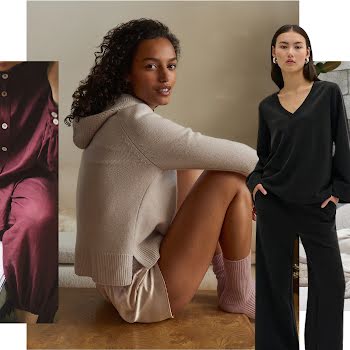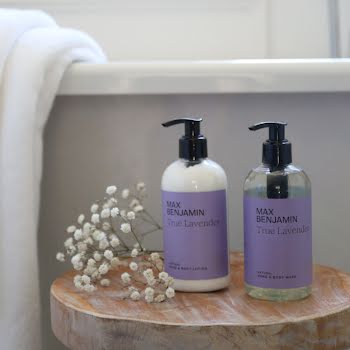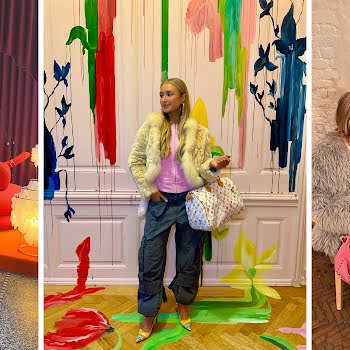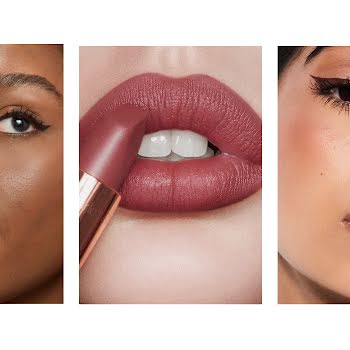
Rosacea: What is it and how can you treat it?


We sit down with consultant dermatologist Professor Caitriona Ryan to discuss all things rosacea, including causes, triggers and treatments.
“Did you know that up to 10% of Irish people suffer from some degree of rosacea?* That’s why they call it ‘The Curse of the Celts’.” I’m speaking with Professor Caitriona Ryan about the common but infamously underdiagnosed skin condition rosacea. As an expert in medical and cosmetic dermatology, and as someone who personally suffers from rosacea herself, Professor Ryan knows the inflammatory condition inside and out.
Caused by a range of genetic and environmental factors, rosacea involves flushes and blushes, redness and sometimes, bumps and pustules. It’s often mistaken for acne, but there are a few ways to tell if rosacea is truly present.
“I think one of the biggest misdiagnoses is that of acne,” explains Professor Ryan. “People with rosacea have pimples and have often been treated for acne for many years. Using these harsh ingredients in over-the-counter skincare can really exacerbate it, so it’s very important to get the diagnosis right.”
Here, Professor Ryan clears things up, answering all our common questions about rosacea, from its symptoms and triggers to the best skincare ingredients to treat it.
Rosacea can often look like other conditions – what are its specific symptoms?
“Rosacea is a chronic inflammatory condition characterised by redness and increased vascularity, typically of the nose, cheeks and sometimes the chin in its first stages. Patients may experience an increase in flushing, burning sensations and facial discomfort.
“Its next level is the inflammatory phase, where patients have inflammatory papules (red bumps) and pustules (pus-filled lesions), which can be uncomfortable and unsightly. It can also involve textural changes and increased thickness of the skin, particularly of the nose, chin and forehead.”
Is there a known cause of rosacea? Who is more prone to it?
“The simple answer is no. Rosacea is caused by a combination of factors: genetics – there’s often a strong family history of the condition – and an increased inflammatory response. Environmental factors can antagonise the condition as well, including stress, skincare products, and certain foods. Usually, spicy foods, hot drinks, and alcohol are the main culprits.
“However, it’s important to understand that certain foods don’t cause rosacea; they can just trigger the flushing flares. With rosacea, the skin experiences vasodilation, a widening of the blood vessels, which will make somebody’s face very red. We really see that tendency increase with the consumption of alcohol, spicy foods and hot drinks because of their effect on the vasculature of the face.
“Genetics and our ancestry have a large role to play, but you can see rosacea across lots of different ethnicities. Typically, though, it’s more prevalent with type one or two skin (fair skin) and those with more of a tendency to burn. Women are more likely to have rosacea than men, and the onset of that disease is typically in your 30s or 40s.”
Can you tell us a bit about your personal experience with rosacea?
“I developed mild rosacea in my late 20s. I certainly see it get worse at times of stress – I always have a red nose. Also, I have a tendency to blush or flush when I drink alcohol.”
What triggers should people avoid?
“UV is one of the biggest triggers, so one of the most important things to do is apply a sunblock every single day. That’s absolutely key. The other major thing that you can do is avoid the drinks and foods that trigger the flushing – and it doesn’t mean that you can’t drink alcohol, but just know that you may flush more if you do.
“Another big thing that can play a role is skincare, and that’s crucial in patients with rosacea. I often have patients who come to me who’ve spent thousands of euros on skincare and cosmetic treatments that have actually worsened their condition, exacerbating and inflaming their skin. This is because they’re going to the acne section of the over-the-counter area in the pharmacy instead of treating their rosacea. So my goal then is to help them restore the damaged and sensitive skin barrier.
“If you’re not sure if you have acne or rosacea, go to your GP. We have great GPs in Ireland so that should be your first port of call if you suspect you have rosacea. Absolutely keep to gentle skincare until you get your diagnosis.”
What skincare regimen and ingredients do you recommend?
“Rosacea doesn’t always necessarily look dry, but the molecular makeup of the barrier is very disrupted, almost like you’d see in eczema. So one of the key things that can really improve someone’s skin and the sensitivity of the skin is having a really good skincare regimen. Simple is everything!”
Step 1 – Cleanser: Start with a gentle, cream-based cleanser like the Derm Solutions Comforting Cream Cleanser morning and evening. Don’t use any product that contains glycolic or salicylic acid because it’ll strip the skin’s barrier back again.
Step 2 – Serum: After cleansing, applying a daily serum is a great way to ensure your skin gets the restorative ingredients it needs. Formulated with an anti-oxidant complex and a powerful blend of green tea, vitamin C and vitamin E, the No7 Derm Solutions Skin Balancing Serum helps improve the appearance of uneven skin tone, oiliness and uneven texture and pores.
Step 3 – Moisturiser: For moisturisers, choose ingredients that will help support the skin barrier. Ceramides are key; hyaluronic acid is a great rehydrating ingredient that really helps my patients with dryness; and then niacinamide helps soothe skin too.
Some of my patients have rosacea and hormonal blemish-prone skin, which means their skin appears red and oily. To help with these visible signs, I’d recommend a lightweight moisturiser like the Derm Solutions Lightweight Hydrating Lotion. For those with dry skin – I often see the overlap of rosacea, seborrheic dermatitis (that’s a fancy word for a type of dandruff) and scaling of the skin – I’d recommend a heavier option like Derm Solutions 100-Hour Hydration Cream.
Step 4 – Treatment: For targeted treatments, I recommend ingredients like hyaluronic acid, vitamin E and aloe (which help hydrate and soothe skin), and lipids (i.e. squalane, glycerol derivatives) which can help strengthen the skin barrier – all of these ingredients are in the Derm Solutions Rosacea Treatment.
Step 5 – SPF: The other really important thing is to apply physical sunblock every single day. I can’t emphasize that enough!
Personalised skincare
If you’re unsure of which skin type you have, Professor Ryan recommends trying out the ProDerm scan, which uses artificial intelligence to analyse your skin and give you a personalised recommendation. The service is available in larger Boots stores.
“It’s really helpful because you can assess the parameters of the skin – the hydration status of the skin and the evenness of skin tone. It’s so clever and a great way to personalise your skincare products.”
The ProDerm scan is available in larger Boots stores and can be booked online or through the Boots app. It’s completely free of charge and can be combined with other skin-enhancing services.
To find out more about the No7 Derm Solutions skincare range and the No7 Derm Solutions Rosacea Treatment, visit boots.ie.
Photography by Anthony Woods
*Statistic from the Irish Skin Foundation 2021.











